We’ve been in Spain only 3 weeks but we’ve visited the Rock of Gibraltar twice already. And I have a feeling we will be going back at least one more time. It’s a fascinating place that is proving to be an excellent focus for a deep research project. From just this one subject we are exploring geology, history, politics, flora and fauna and social/cultural aspects of this area. With our fabulous writing teacher Colleen, a friend we met in Panama who now lives in Portugal, we are all working together on this fairly intense research and will be presenting our findings to each other when we meet again in Portugal. But for now I’ll give you lovely readers a summary of our visits.
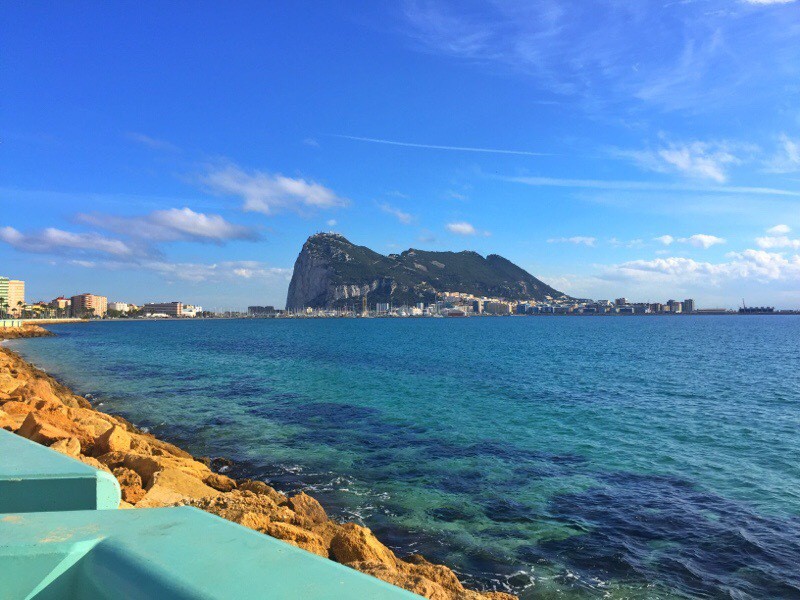
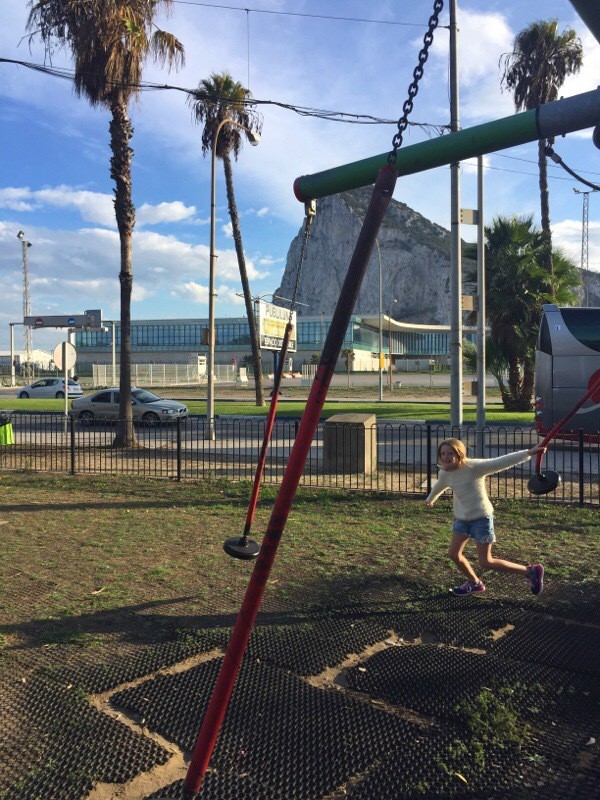
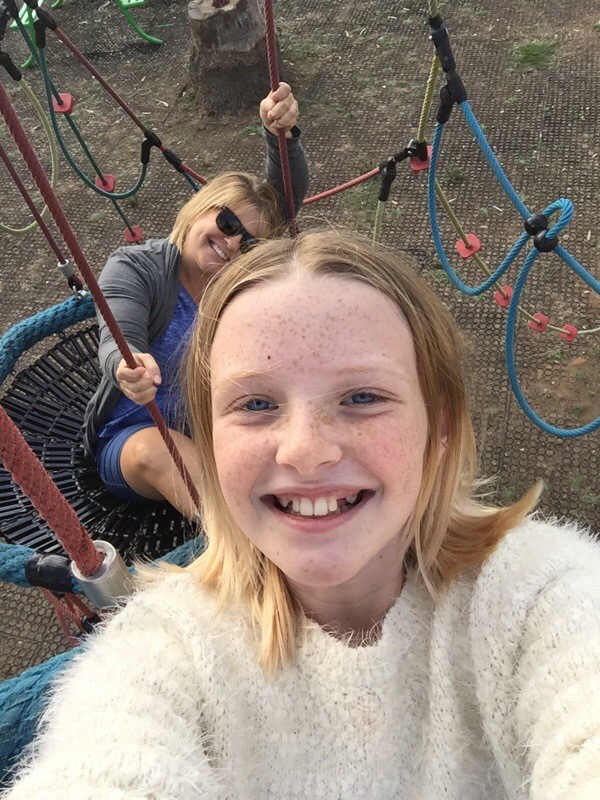
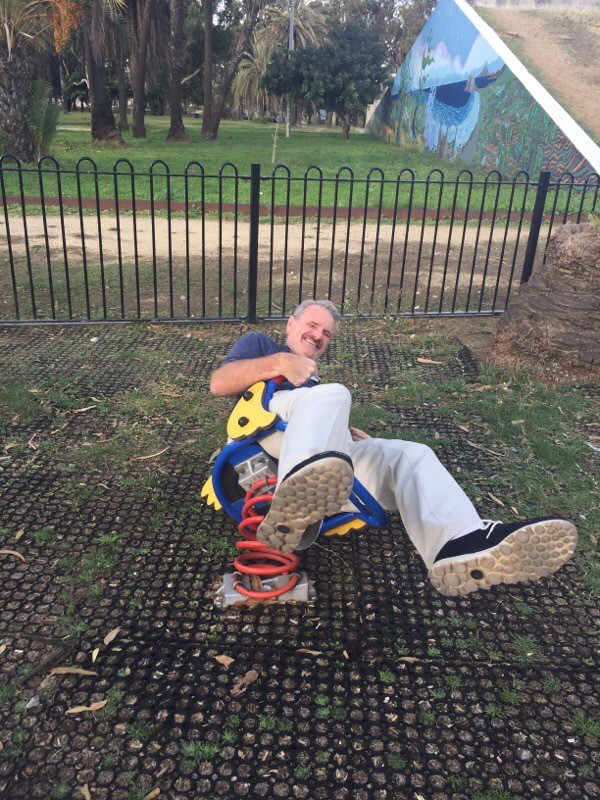
I thought the rock was just a great big rock, and I thought it was part of Spain. No, and no. It’s a rock, but it’s a town. And it belongs to England. I guess the Brits saw the enormous value it held for military purposes and decided in 1704 that it should be theirs. They took it from the Spaniards and it’s never been given back, although only in the last week that I’ve been paying attention I’ve seen it in the news several times. I guess those Spaniards might be a little mad about it still and are thinking about taking it back? They sure are taking their sweet time. I guess Britain’s exit from the EU is allowing Spain, and residents of Gibraltar who were wholly un-interested in the brexit, to rethink the situation.
But politics aside, to the average visitor the rock is fascinating. You get there from Southern Spain and you actually go through customs and immigration where you have to show your passport. Although the speed at which we walked through and showed our passports made it clear that “border” is a very loose term. To get to the actual rock you have to cross a runway, which was conveniently made out of tunnel debris that was carved out of the rock for military purposes. Waste not, want not! The runway is awesome because you literally have to walk across it. So when a plane is coming…? Yeah, you don’t cross! They have all kinds of guards and gates so it’s not like you’ll stumble across a plane taking off, but it is cool to be so close to the planes coming and going. And it’s not a long runway, bordered by a rock on one side, water on two other sides and a town on the 4th side. Not a lot of room for error, Señor pilot.

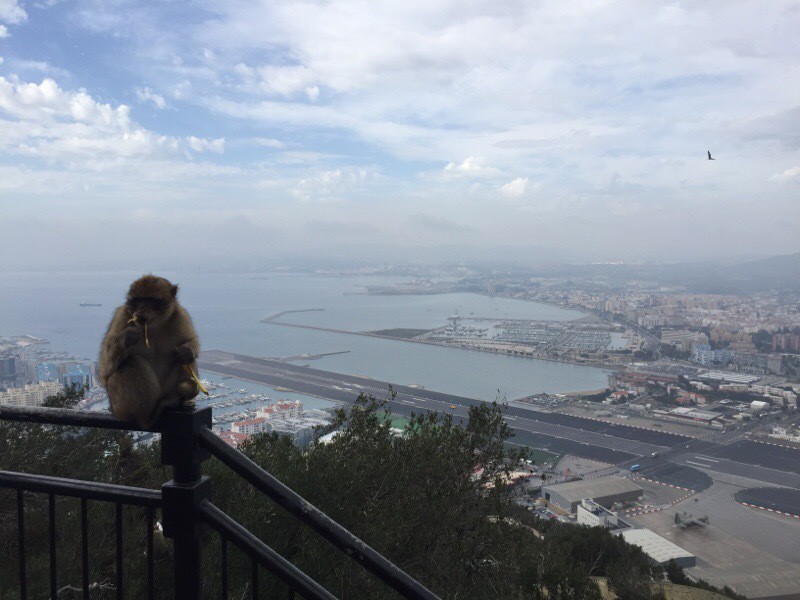
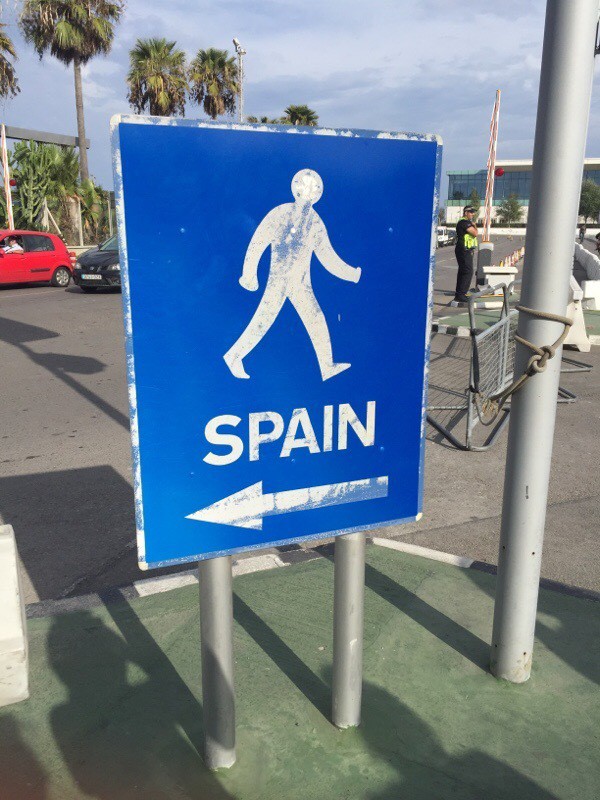
But once you cross the runway you are immediately transported into England. They agreed to continue to drive on the right, but a lot of other things are different. The monetary unit is the pound (but they accept the Euro grudgingly), there are all kinds of misspelled words (American joke! ha!) and I’m not sure if it’s just for the tourists or not but the red phone booths are so cute! And we can speak English un-apologetically.
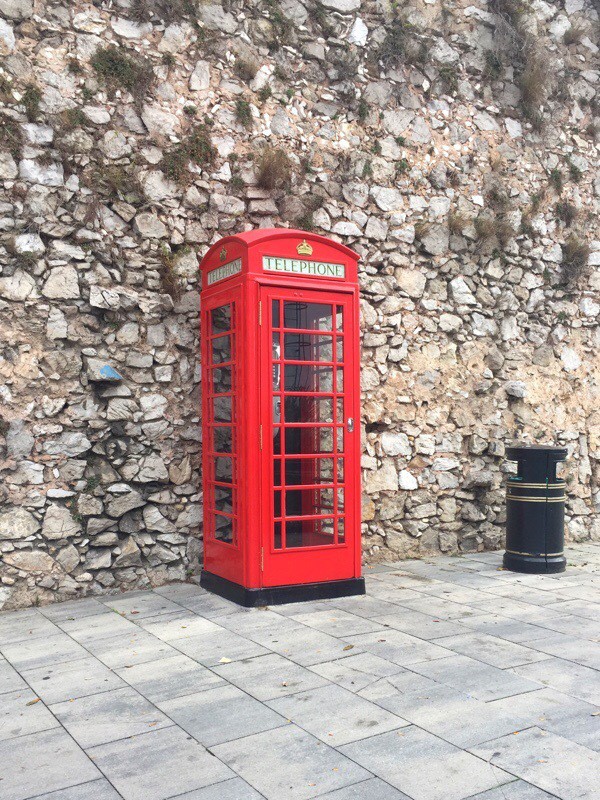
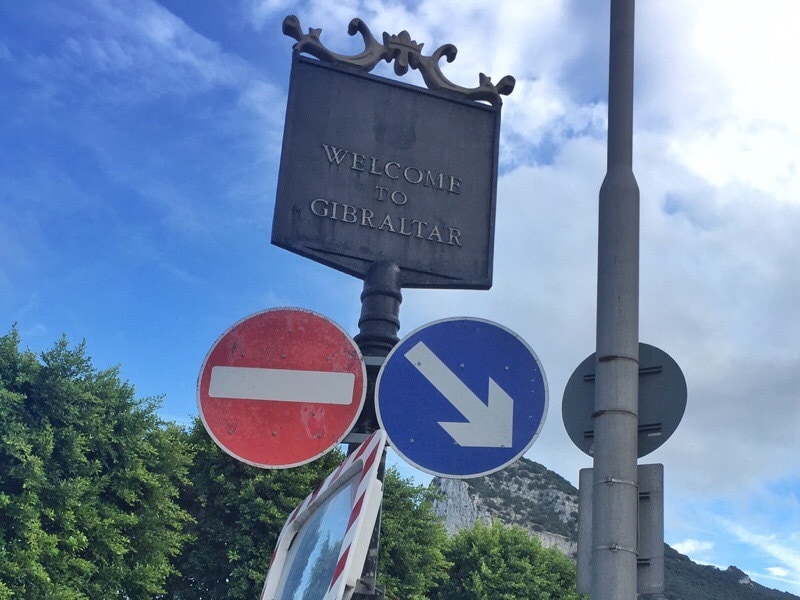
The town is as you would expect from a town built on a rock. It’s got a lot of windy streets, it’s crowded with buildings perched hither and yon, it’s got a lot of narrow, steep hills and the layout is completely confusing. The town area is pretty much on the bottom 30% of the rock. The rest of the rock is undeveloped other than a road or two for the tourists and an old building or two.
What we were not expecting was the many facets of the rock. It was an extremely valuable piece of military land, which allowed protection but also defensive maneuvering. The caves were dug into the rock and canons placed there to defend against any attacks and surprise any attackers. They even used a technologically-advanced type of canon that can be pointed downwards but the canon ball does NOT roll out in the process. Defying gravity is cool. #homeschoolrocks
The caves are not all man-made, though. There are several that are entirely natural and boy are they cool. Loyal readers might remember my love of caves and I was not disappointed with either the man-made or natural ones. I could spend hours exploring the caves, especially because the network of caves is longer than 30 km. I had the brilliant idea of holding some kind of marathon or race inside the cave trail but no one else in my group seemed at all interested. #couchpotatoes
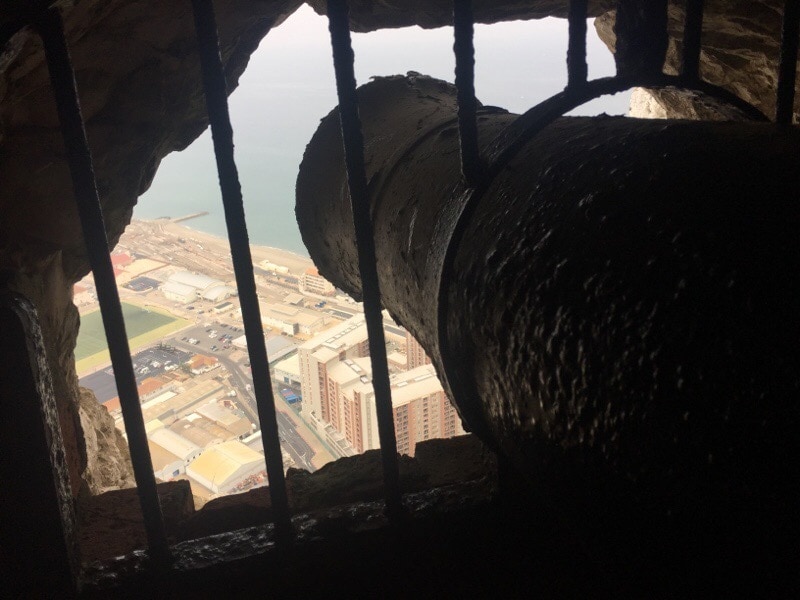


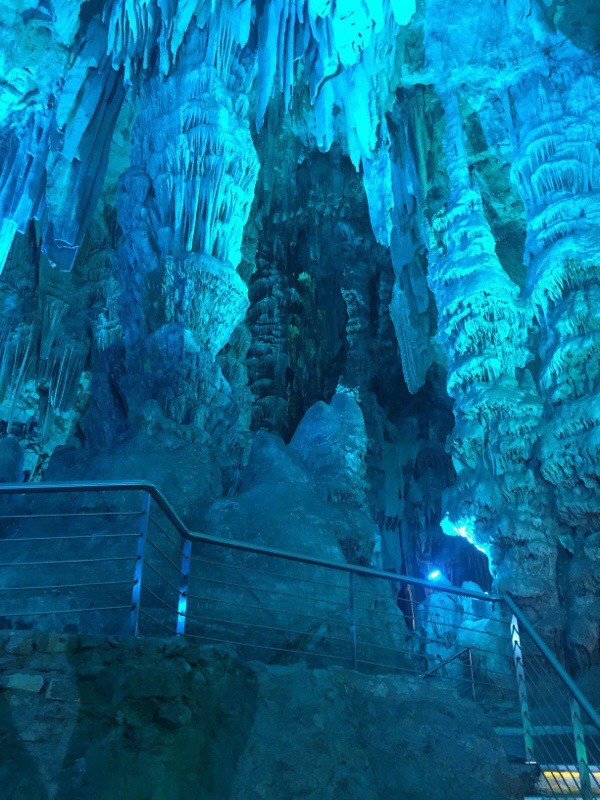
But even before all the petty fighting between Britain and Spain over the rock, the Moors, the people from North Africa, had a presence on the rock and you could explore their castle and see evidence of their structures which are largely destroyed.
If that all wasn’t interesting enough, then you can add in the APES. Yes, apes! What are the apes doing on the rock? Well, I actually don’t know but Zoe’s portion of the research project covers the animal life so we will ask her to tell us! But suffice to say they were SO CUTE but you wanted to keep your distance. We were under strict orders not to feed them and not touch them but we certainly were happy to get close and they were definitely used to having a camera in their face.
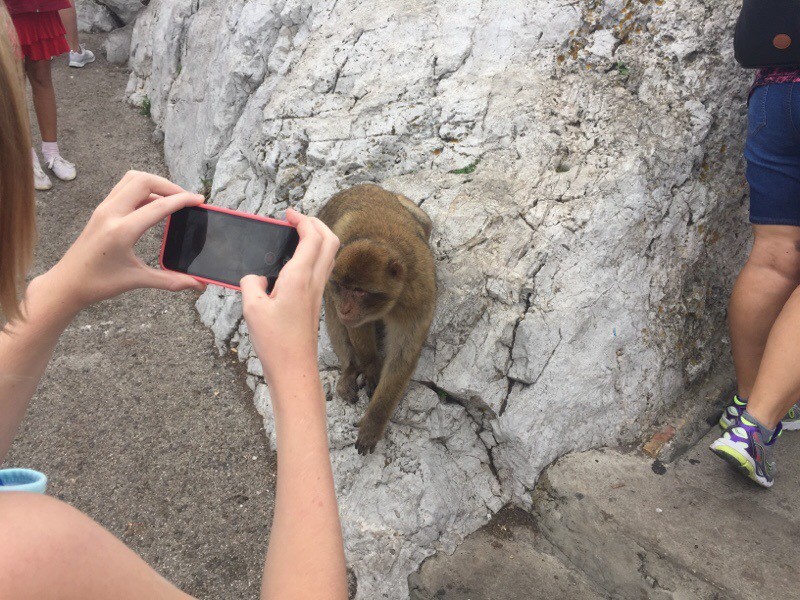
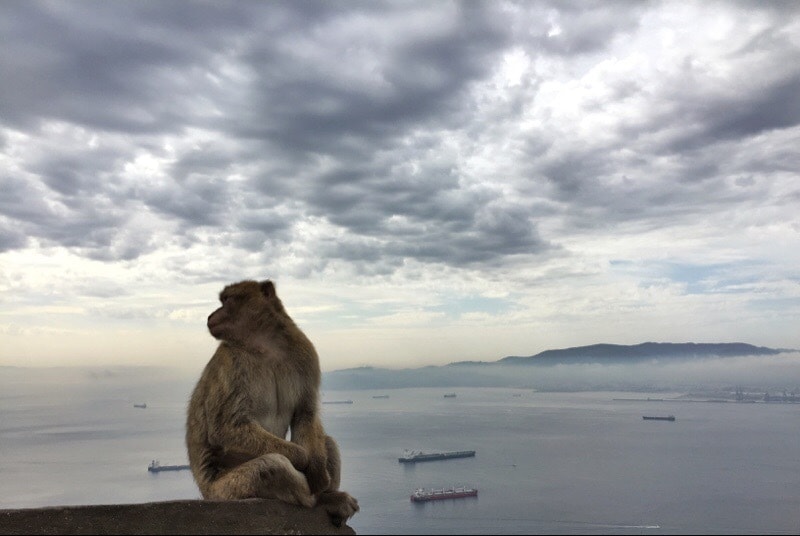
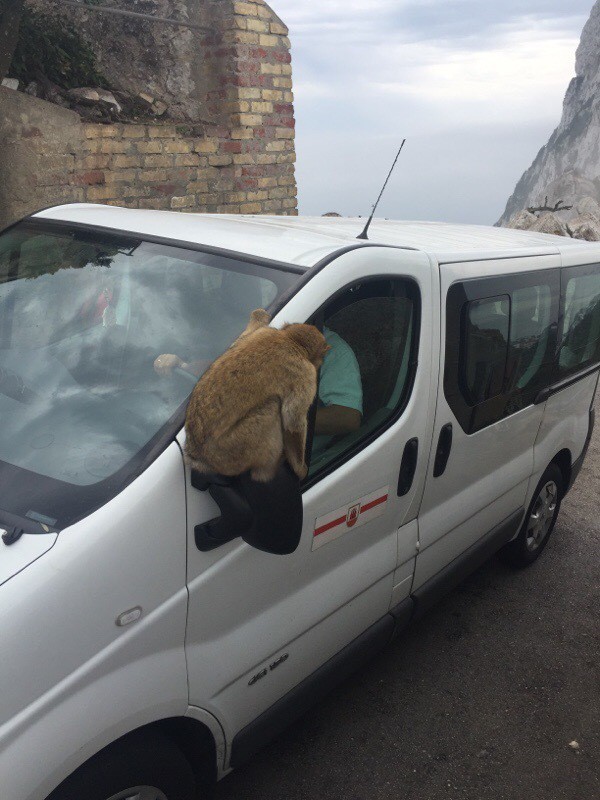
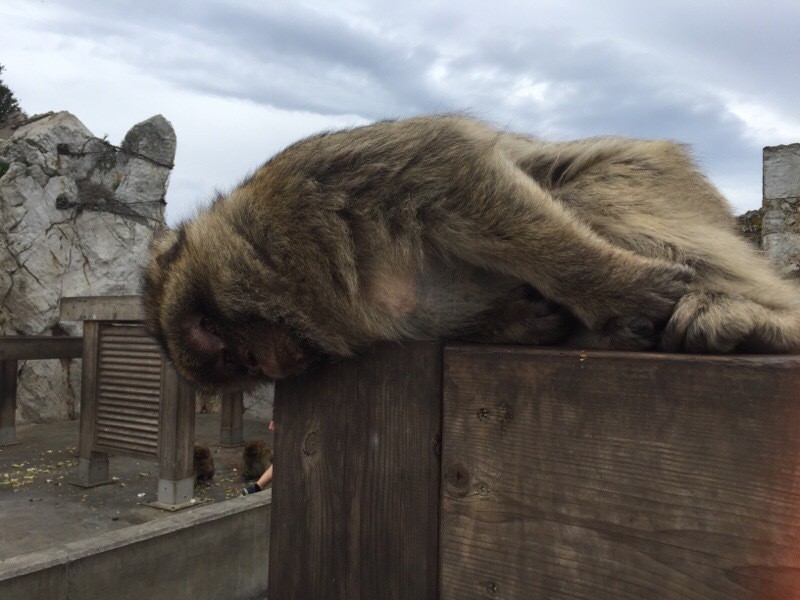
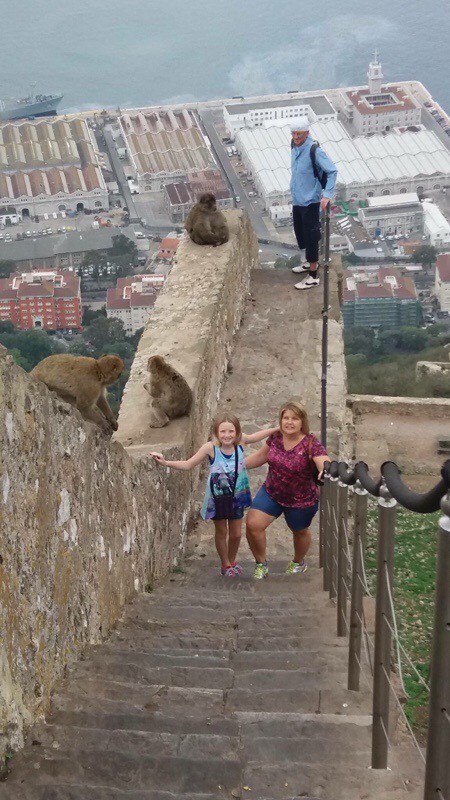
We had to take a ridiculously expensive tour guide up to the top of the rock (as high up as you could go anyway) because the road can only be navigated by experienced drivers. I am not fond of heights as you might recall from my ferris wheel panic, but I took one for the team and just closed my eyes and tried not to think of how high we were up on the rock and how narrow the road was and how much I loved my husband and children. Alas we made it down safely. Es bueno.
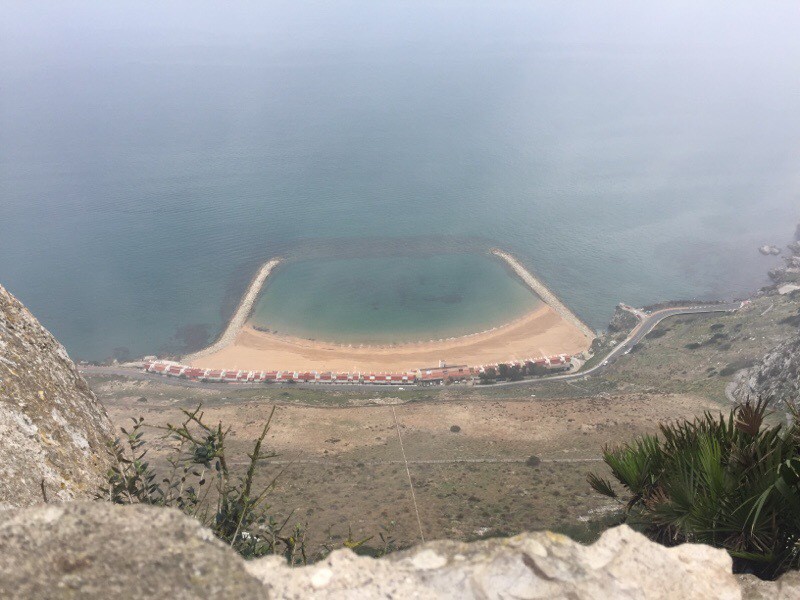
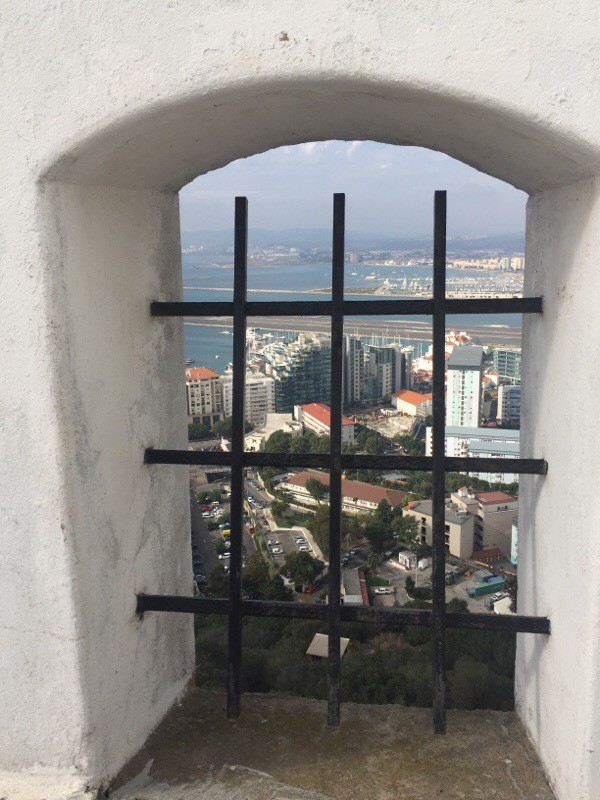
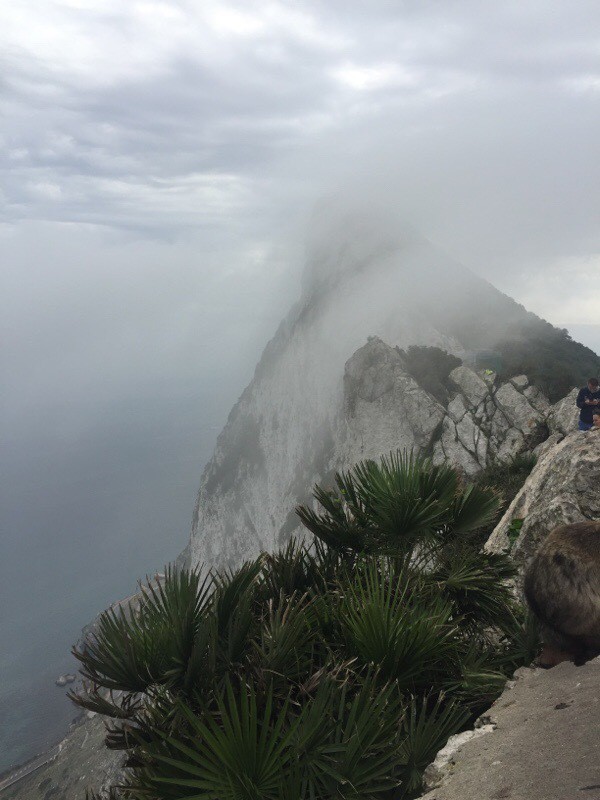
Both days of exploring Gibraltar ended with collecting some really cool rocks from the beach on the eastern Spain side. The beach had some great shells and rocks and it was hard to stop hunting. Rocks and shells are probably not a good choice when you travel with one suitcase.

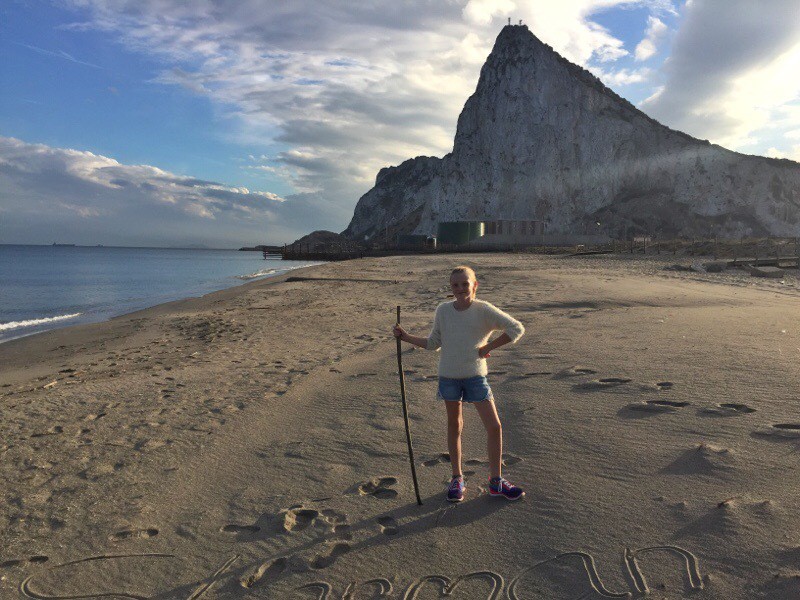
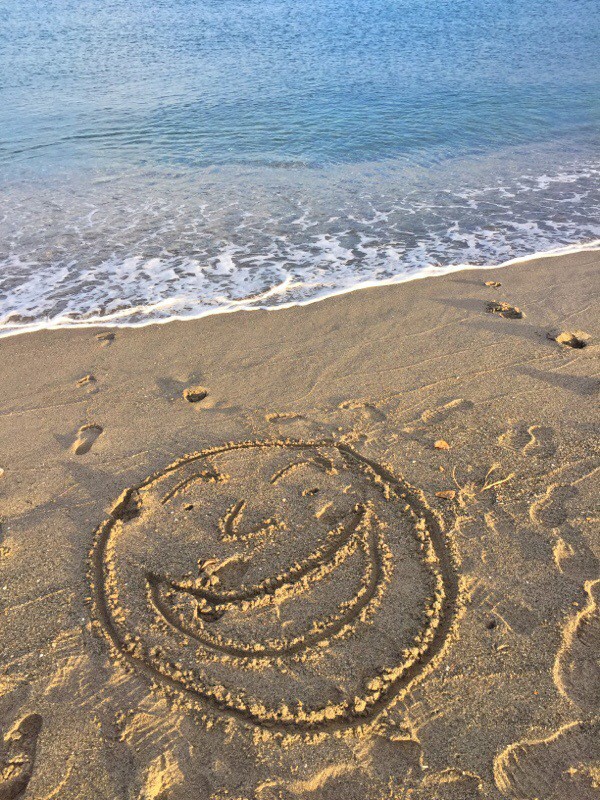
Being only an hour and a half away on a nice, fast road, we are likely to go back at least one more time to see more parts of the town and explore the museum. Perhaps this time we will bring some pound sterling. And not use them to pay someone to scare the bajeezus out of me on the high road. #onceisenough
